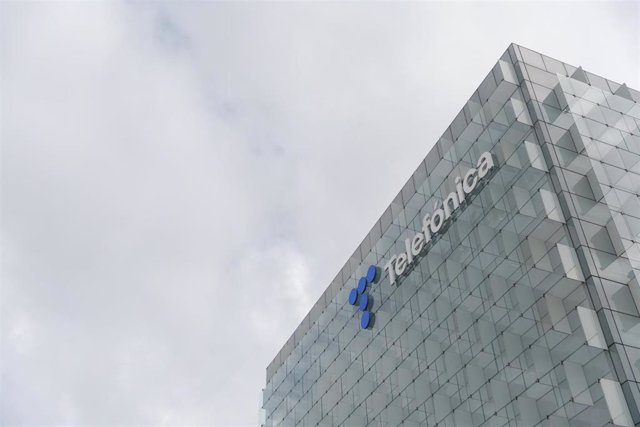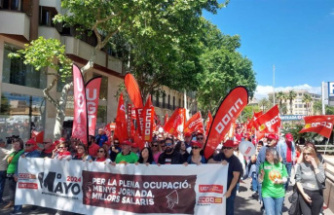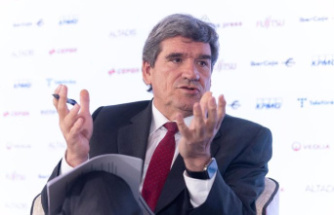The possibility that the exits are through an ERE gains weight, although nothing is defined yet
MADRID, 23 Nov. (EUROPA PRESS) -
Telefónica and the majority unions in the company (UGT, CCOO and Sumados-Fetico) have held a first approach this Thursday within the framework of the negotiations of the new collective agreement of related companies, while at the same time they have summoned the representatives for next Monday to give them more information about the leave plan you are preparing.
As confirmed to Europa Press by various union sources, this Thursday's meeting was a first contact that served little more than to establish the recognition of the parties that will negotiate the new collective agreement, given that the current one is an extension. of the previous one and expires on December 31.
However, the union sources consulted have agreed that the company has already officially recognized that there will be an exit plan at Telefónica.
Next Monday, November 27, at 4:30 p.m., the operator will provide the unions with more information about "what the company's needs are" in relation to the workforce adjustment it wants to carry out.
However, the company has not informed the staff representatives or the number of employees who would be affected by the exit plan - market sources point to around 5,000 workers - or the format with which it will be carried out.
In that sense, the possibility that has the most weight at the moment is that the departures are carried out through an employment regulation file (ERE), instead of an individual suspension plan for the employment contract (PSI), as happened in 2021, the last time the company carried out a measure of this magnitude.
The unions agree that, in principle, the ERE format would be more beneficial for workers, although they have been cautious when dealing with this issue given that the company has not yet made a statement in one direction or another.
"What will mark the choice (of the format) is that it is beneficial for the company's objectives," union sources have told Europa Press.
Another implication of the way that is finally chosen has to do with the fact that the ERE would have a different negotiation channel than the PSI, given that the latter can be discussed in parallel within the framework of the conversations for the new collective agreement. In this context, the unions have stressed that their main objective is to achieve a strong collective agreement.
Thus, UGT has highlighted in a statement that the definition of a labor framework for the period 2024-2026 is "more necessary than ever at a time of growing uncertainty generated by ineffective and harmful regulation, due to the competitiveness of the Spanish market, the scenario uncertainty of the rest of the operators that operate there and, finally, the process of the entry of new actors into Telefónica's shareholding (in relation to the Arab group STC and the possibility of SEPI entering)", the union has pointed out.
"We have demanded that the company clear up the doubts and concerns generated in the workforce after the celebration of the 'Capital Markets Day', clarifying the impact that the strategic plan presented has on the workers of the three legal companies," the organization added. .
Along these lines, the company has acknowledged to the unions that it has a "functional surplus" of jobs and that it needs to adapt the workforce to the "real needs of the company."
In fact, some of the negotiations between the unions and the company that are currently on the table have to do with the closure of 108 "low occupancy" centers spread throughout "all of Spain" within the framework of its rationalization plan. of buildings that would mean the relocation of 266 employees.
The closure of these "low occupancy" centers is linked to a scenario marked by transformations such as the company's shutdown of the copper network scheduled for 2024, robotization and automation.
Another issue that is in negotiations is the reorganization of Telefónica's customer service, the centerpiece of which is telephone 1004.
Regarding this matter, it has been proposed that the almost 300 employees linked to this department, framed in the B2C area (customer relations), will move to the B2B area, in charge of responding to requests from SMEs.
The market sources consulted by Europa Press point out that the operator will provision more than 1,000 million euros to accommodate the aforementioned exit plan, a figure to which around 200 million euros would be added linked to a voluntary withdrawal plan for the corporate area, that is, employees close to the team of the president of Telefónica, José María Álvarez-Pallete, and also managers of subsidiaries, among others.
The adjustment plan for the corporate area, which would include directors, managers and managers, is discretionary and could affect a minimum of 300 people, according to the same sources, and seeks to slim down an oversized management team.













